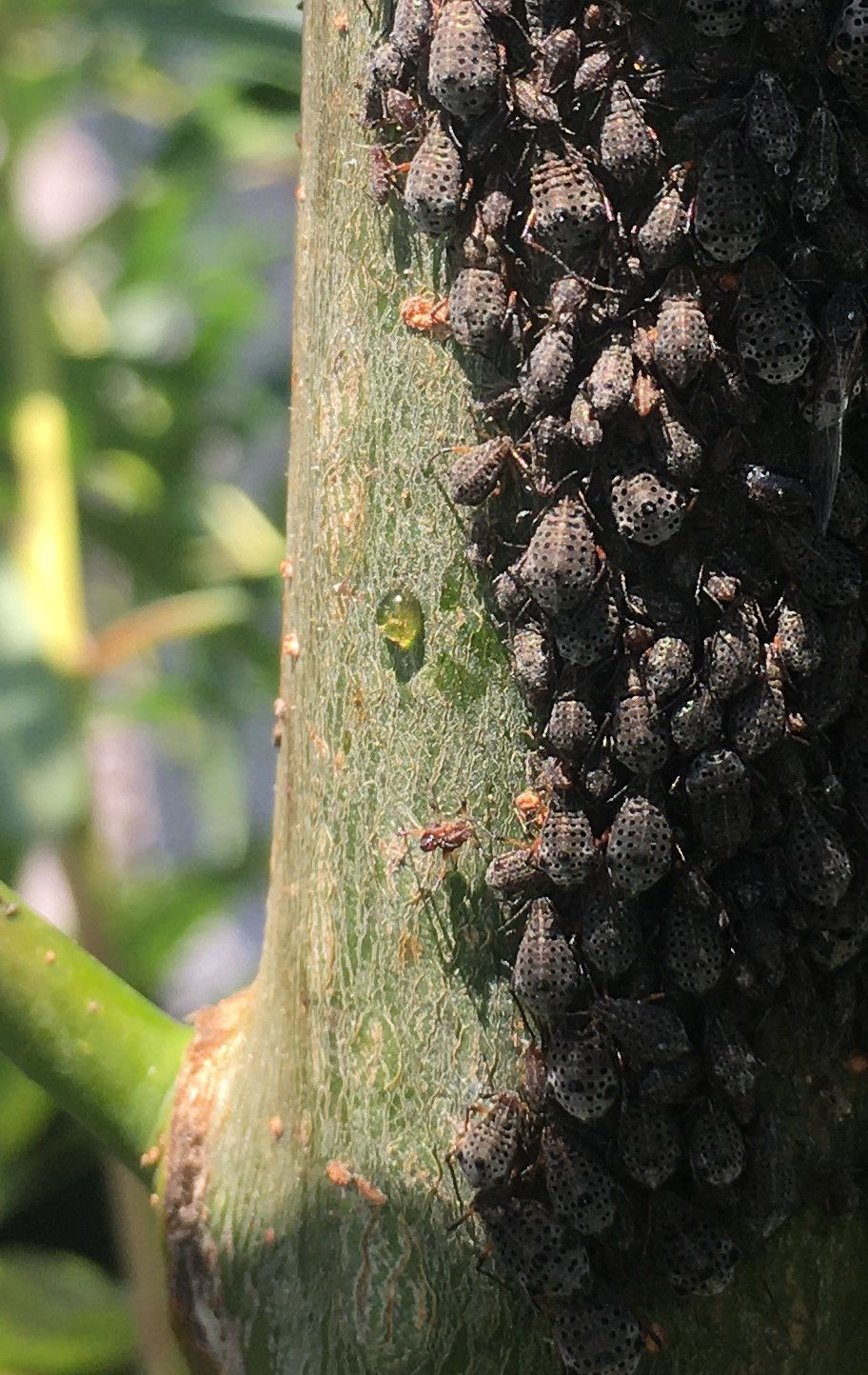Working with Willows – Part II managing invasiveness
- Trees for Bees Trust

- Sep 1, 2021
- 3 min read
By Drs Linda Newstrom-Lloyd, Angus McPherson and Trevor Jones
Part I of the Working with Willows series, provided by the Trees for Bees Research Trust, saw us explore the best willows to plant. This month, part II sees Drs Linda Newstrom-Lloyd, Angus McPherson and Trevor Jones explain that, while willows are excellent bee forage sources, they must be managed appropriately. This article provides some of the basics of preventing willows from unwanted spread. Readers are advised to attain more regionally specific information from their local council.

Regional councils have been removing the most invasive willows from riverbanks and wetlands particularly the crack willow (Salix x fragilis) and grey willow (S. cinerea) because they spread rapidly and obstruct water flow. These two species are prohibited by the National Plant Pest Accord and so can’t be propagated, distributed and sold in New Zealand.
Crack willow does not produce seed, because only male trees are present, but it has become a serious weed because its brittle branches readily break off, flow downstream and resprout far afield. Grey willow produces huge quantities of seeds that cause widespread invasiveness, because both male and female grey willow trees have been naturalised.
Other willows have not caused such serious problems. To avoid problems of invasiveness, it is best practice to only plant non-brittle male willow trees along river and stream banks. These will not produce seed and spread, and the flowering catkins of male trees will produce both pollen and nectar for bees.
Suitable willows for river and stream bank planting, include the tree willows: Salix alba and S. matsudana × alba; and the shrub willows: S. appenina, S. purpurea, S. viminalis, S. x dichroa, S. x forbyana, and S. x reichardtii. Out of this list of willow species for streams, Trees for Bees has selected the best male genotypes that produce the most pollen. See the list of 26 best genotypes in Table 1 of the previous Apiarist’s Advocate (August 2021, pg 21-24) and in the online publication ‘Winning with Willows’ at www.treesforbeesnz.org/how-to-plant-guides.
A great diversity of willows is available in New Zealand. Some willows are already fully naturalised such as S. alba, S. purpurea and S. x reichardtii and they have both male and female trees in the country. Other willows with both male and female trees are, so far, only found in cultivation, such as S. caprea, S. eriocephala, S. nigra, S. pentandra and some hybrids. The male trees of some of these underutilised willows are well worth planting, especially S. nigra, a large tree with copious pollen production (Figure 1). If they are carefully watched any weed problems can be mitigated.
Sources of willows for Planting
Many willows are available through the nursery trade and from regional councils. These agencies can provide stakes, poles, rooted cuttings, and potted trees. If you have existing suitable willows on your land, they are easy to propagate from cuttings (40-60 cm) or stakes (100-150 cm) and planted where stock are excluded. For more information on availability of genotypes and how to propagate willows contact https://www.poplarandwillow.org.nz/nurseries

Trees for Bees NZ, Landcare Research, and Plant & Food Research have developed a willow identification key [https://treesforbeesnz.org/onlinetools] so that landowners can identify which willow species are already growing on their property. This will help you to assess any potential weed risks in consultation with your regional council representatives. Male willow trees can be recognised by the pollen in their catkins (Figure 1) and female willow trees by the ovary and stigma in their catkins (Figure 2). Since willows can easily spread too much in certain situations, it is best to consult with experts to be sure that you choose the right bee forage willow for the right situation on your farm.






Comments